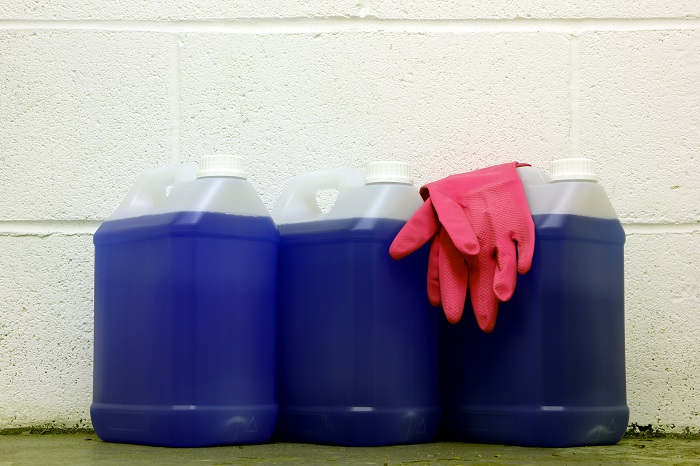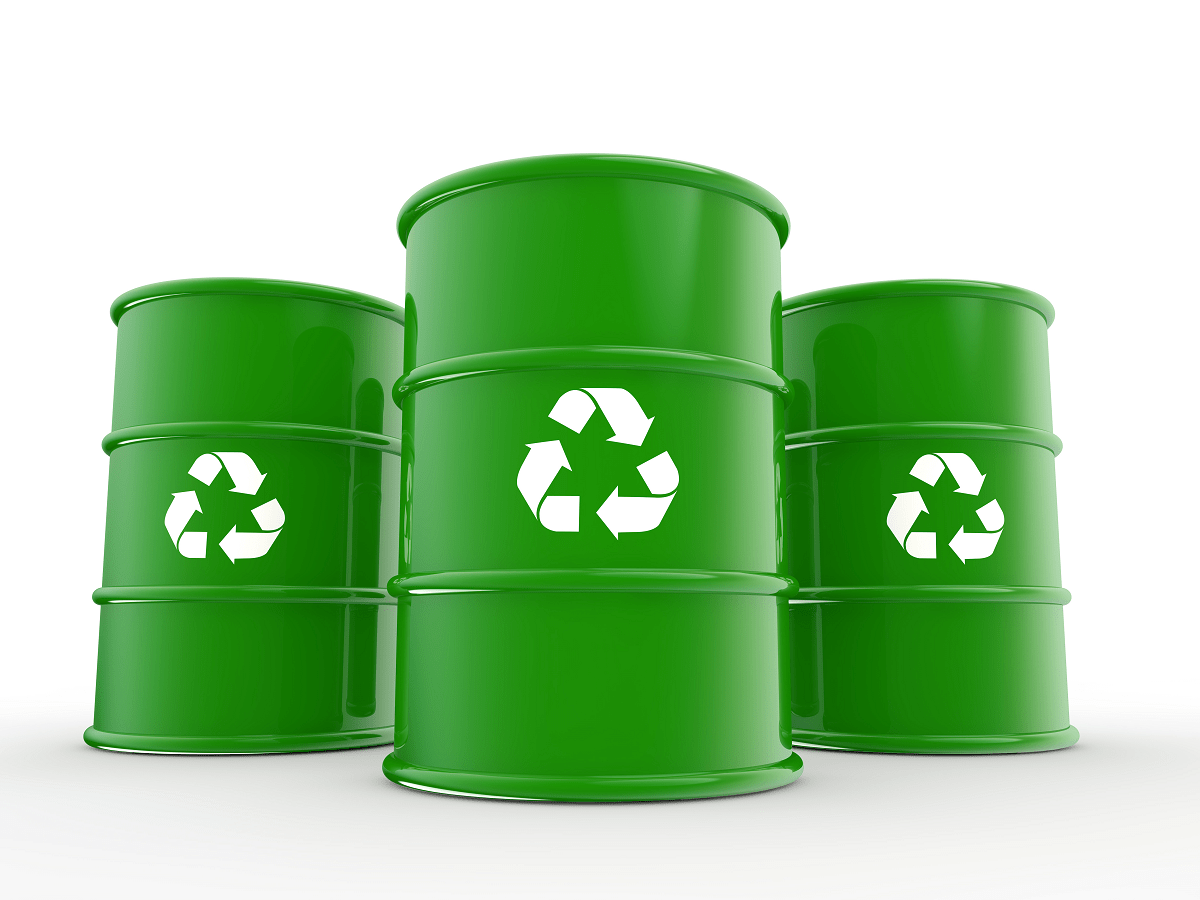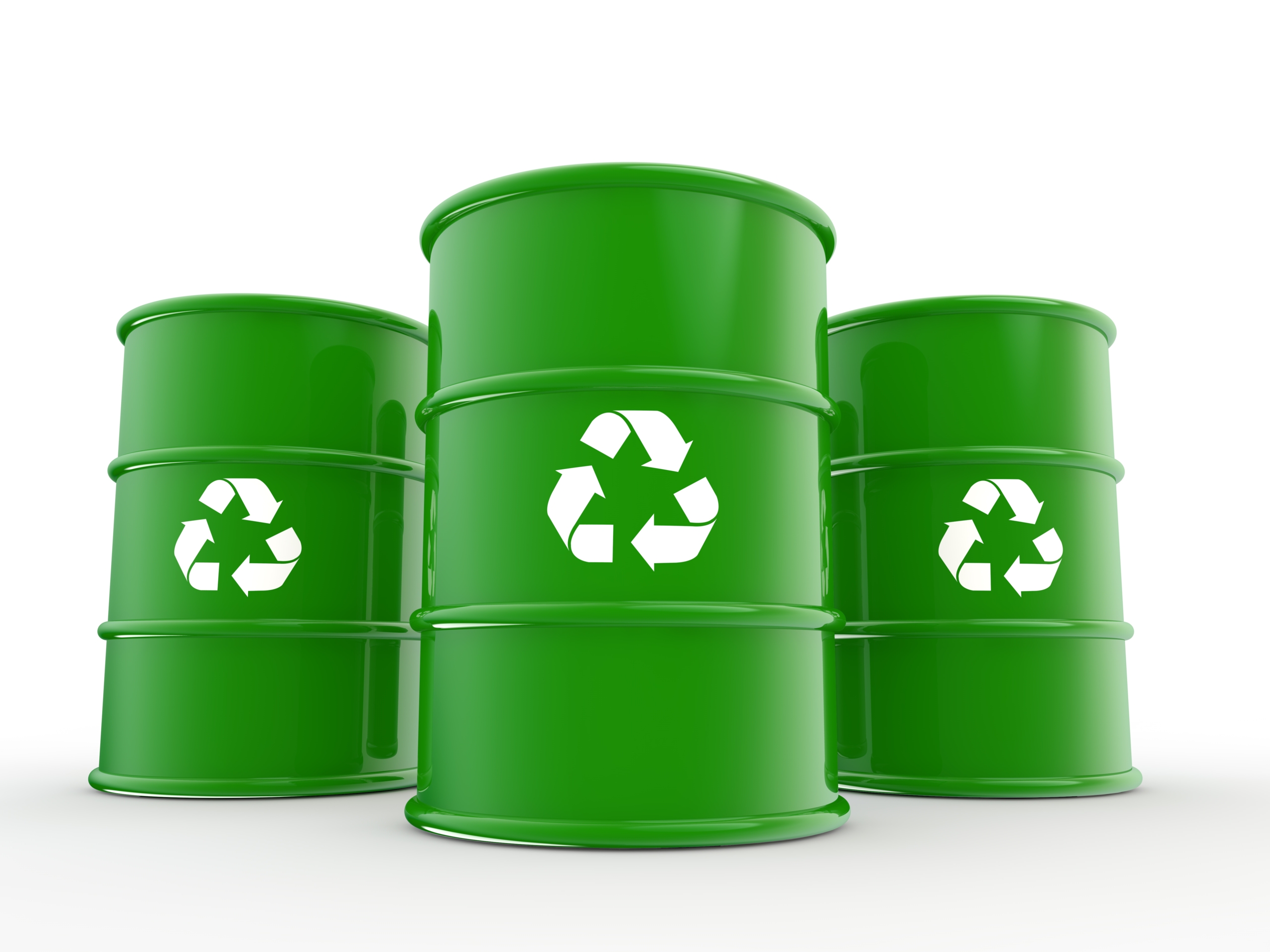fleets for their operations. Grease buildup can hinder efficiency and diminish the overall aesthetics of vehicles. To combat this challenge,...
Blog


CHEMICAL INDUSTRY NEWS
Chemical Chat – Discover What’s New!
What Is the Most Powerful Degreaser?
Applying a degreaser is the best way to get out stubborn grease, oil, gum, and other tough stains from your surface. But is there one degreasing...
White Oil Uses: A Versatile Substance in Industrial Applications
White oil is a pure and non-toxic versatile component used in a variety of industries. This type of oil can be used for various industrial; chemical...
How to Safely Clean Electronics: 5 Essential Tips to Disinfect Every Device
Have you ever stopped to think about how many germs your phone harbors? What about your work computer? The truth is,...
What Is the Most Powerful Degreaser?
Applying a degreaser is the best way to get out stubborn grease, oil, gum, and other tough stains from your surface. ...
Company News

Managed Services
Discover the Latest in Safe and Sustainable Chemical Solutions
Stay informed with Ecolink’s blog! Subscribe now
Chemical Management Information
Stay updated with us
Sign Up for the Latest Updates
Stay informed about chemical supply chain disruptions and emerging innovations to keep your business at the forefront of efficiency and innovation. Uncover new ways to make your business practices more sustainable by incorporating safer products into your cleaning lineup.


























